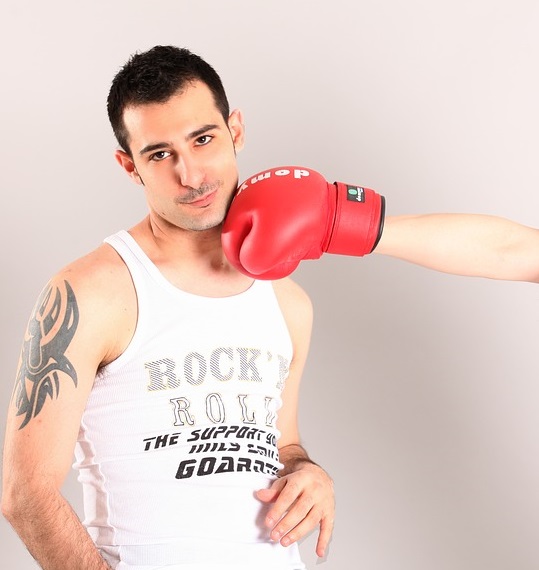Facebook is now the most popular places that advertisers are putting their video ads, even beating YouTube.
By MediaStreet Staff Writers
Top marketers know that digital video is one of the most powerful tools to increase consumer engagement and brand loyalty. In fact, according to a new study from Clinch, brand marketers are ramping up their production of digital videos with an emphasis on creating campaigns specifically for Facebook and YouTube.
The study found that 78 percent of marketers plan to increase their production of video ads in 2018, while only 43 percent of marketers plan to increase their production of static banner ads this year.
Social is Video
When it comes to digital video campaigns, Facebook reigns supreme, representing 46 percent of all video ads produced. When adding Facebook-owned Instagram into the mix, this number leaps to 74 percent. YouTube comes in a close second at 41 percent.
Says Oz Etzioni, CEO of Clinch, “It’s no secret that Facebook and YouTube dominate the digital media landscape and we don’t expect this to slow down, particularly with the Facebook algorithm change which requires brands to pay in order to be seen. In 2018 brands will increase spend and leverage the rich data that these platforms provide. However, the data and platform are just two pieces of the puzzle. Creative is the critical third piece. If brands aren’t uniquely tailoring their creative specifically for each platform and by audience, opportunities will be missed and ROI will be lowered.”
Nearly three quarters of marketers are adopting online video from their TV commercials. 44 percent indicated that they don’t shorten commercials for each platform’s suggested length. While TV ads remain a critical source of video content, the user experience of each social platform is very different than traditional TV. For example, TV ads are 15 to 30 seconds long but Facebook and YouTube recommend six-second videos.
Etzioni continued, “We were really surprised to learn that marketers were taking a one size fits all approach to video. In 2018, marketers will awaken to the fact that investment in creative will increase ROI and personalisation at scale, and will become the norm for digital video as it has become for static ads.”
Defining Social Personalisation
While 50 percent of respondents say they personalise their video campaigns, brands can be doing a lot more. Those that are personalising their creatives based on data are seeing big results. Nearly 90 percent of respondents who have customised Facebook or YouTube video ads reported seeing benefits. Furthermore, 70 percent of those who customise said that they have seen improvements in their key performance indicators (KPIs).
According to Etzioni, in the next few months, the definition of personalisation will change. “Rather than creating a handful of versions – one for men, one for women, one for the East Coast and one for the West Coast, we expect brands to be using data insights to personalise at scale. This means hundreds if not thousands of versions of videos where the message and creative is tailored to their specific needs and interests. This will create a more meaningful experience for the consumer and transform video campaigns from simply brand awareness to direct response opportunities,”
The full report, “How Leading Brand Marketers are Using Personalised Video to Drive Sales,” is available for download here.
Do you supply services to the Irish Media Industry? Have you listed your company in our Media Directory? It’s free! Everyone’s favourite price! Click here to do it now.


































